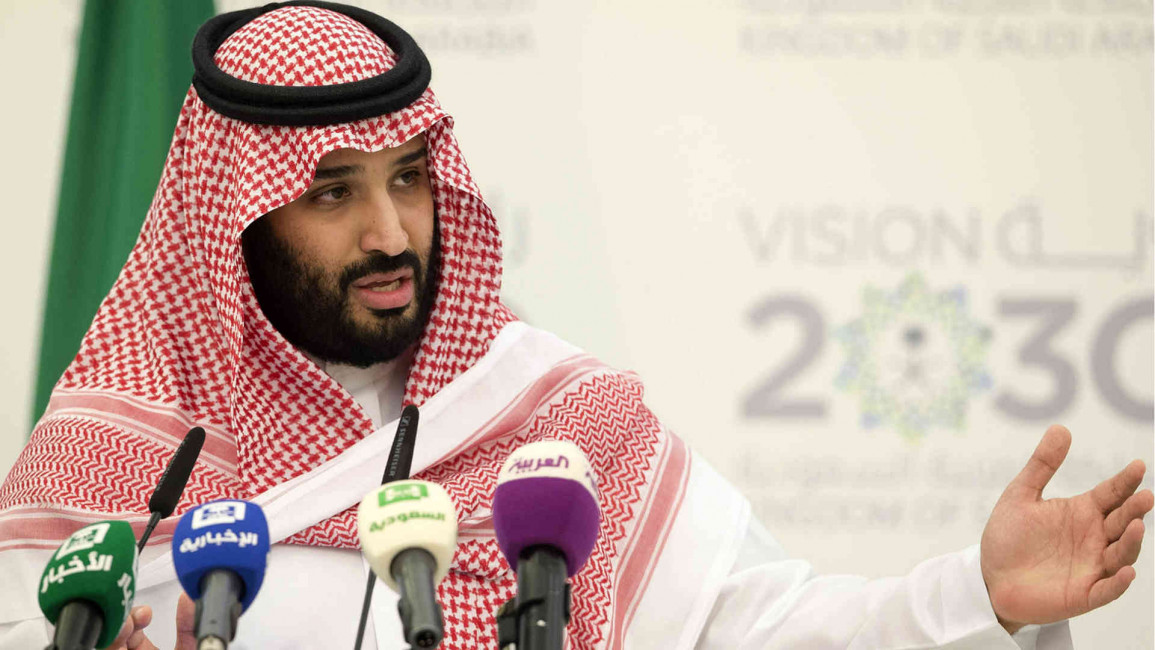Saudi Arabia bans foreigners from a dozen professions
Saudi Arabia’s Ministry of Labour and Social Development (MLSD) listed 12 professions on Monday as off-limits to foreigners.
Beginning 11 September, a range of sales jobs in the automotive, garments, home furniture and kitchenware industries will be nationalised.
The MLSD “issued a decision to restrict work in 12 activities and occupations to Saudi men and women … to enable their employment in the private sector,” wrote Khaled Abalkhail, a ministry spokesman, in a public statement.
Oman made a similar announcement this week, temporarily barring new residency visas for expats in 87 job roles, reported Arab News.
The Saudi restrictions will be extended to sectors like electronics, watches, and eyewear starting 9 November. They will be extended a third, and final time, on 7 January 2019 to include medical equipment, building and construction materials, car parts, carpeting and sweet shops.
Foreigners – who make up one-third of Saudi Arabia’s 30 million people – hold about 85 per cent of private sector jobs. Most Saudis – about 70 per cent – are employed in the public sector, which is financed by the kingdom’s robust oil sector.
Saudi Arabia announced in 2016 its Vision 2030 – an ambitious plan, championed by Crown Prince and de factor ruler Mohammed bin Salman – to diversify the country’s economy, reduce its dependence on oil and tackle youth unemployment.
Monday’s announcement follows a $1.87 billion package approved last month to support small-to-medium enterprises and create new job opportunities for Saudi nationals, according to the Saudi Press Agency.
Also in December, Saudi Arabia approved a $19.8 billion stimulus package to spur private sector development.
The Saudi unemployment rate is 12.8 per cent amongst the general population, and 32.7 per cent for young women.

![Thousands gather in front of the Cannon House Office Building and the US Capitol to demand the US pressure Israel on a ceasefire in its conflict with Gaza. [Brooke Anderson/The New Arab]](/sites/default/files/styles/image_212x120/public/2023-10/393387495_710301464290105_8375393679399060035_n.jpg?h=ff8c3fa3&itok=HCkMkvW4)

